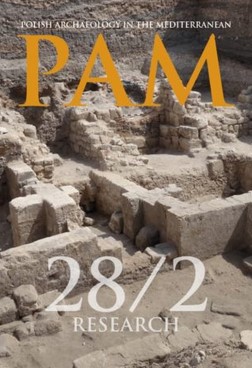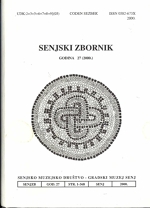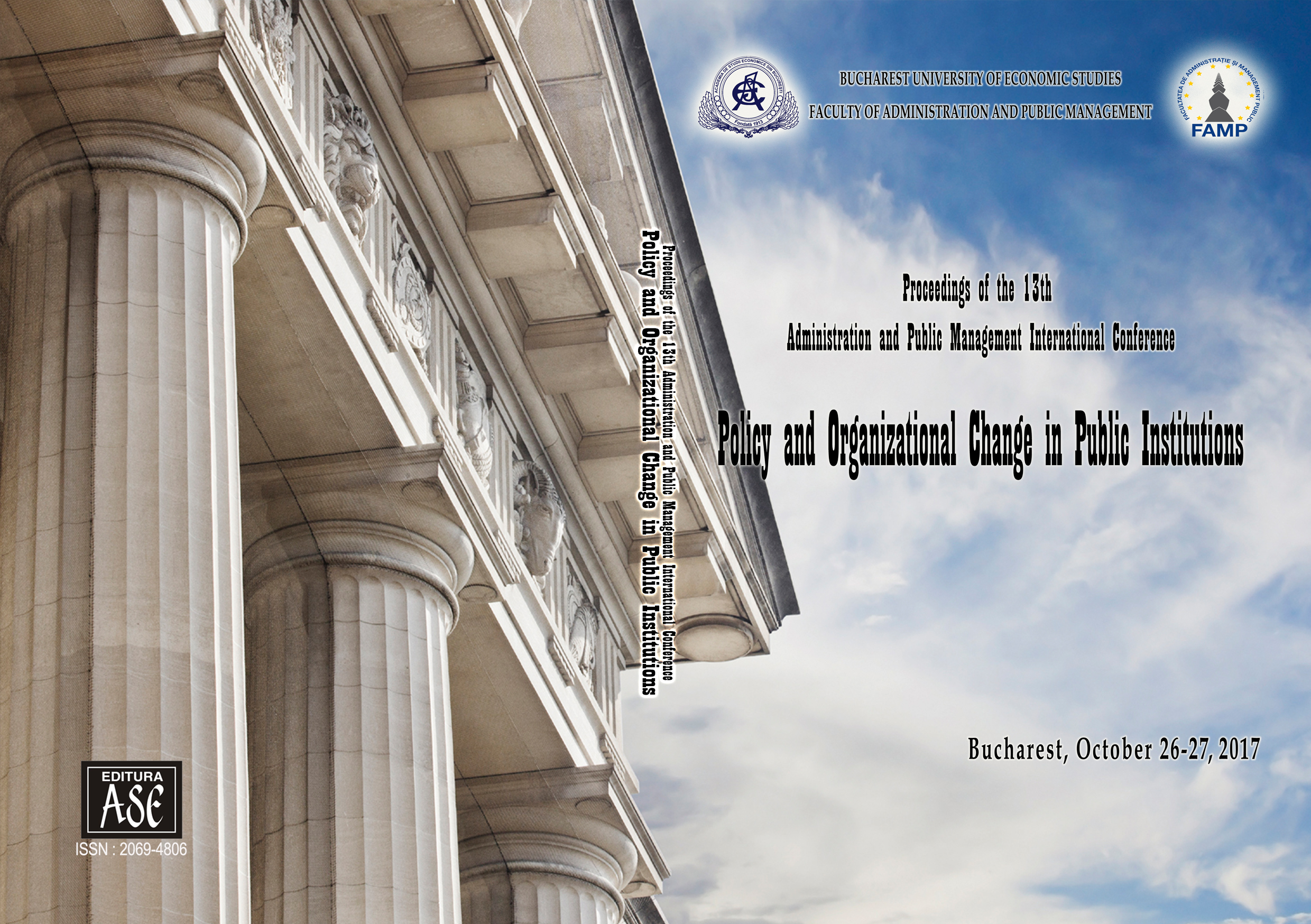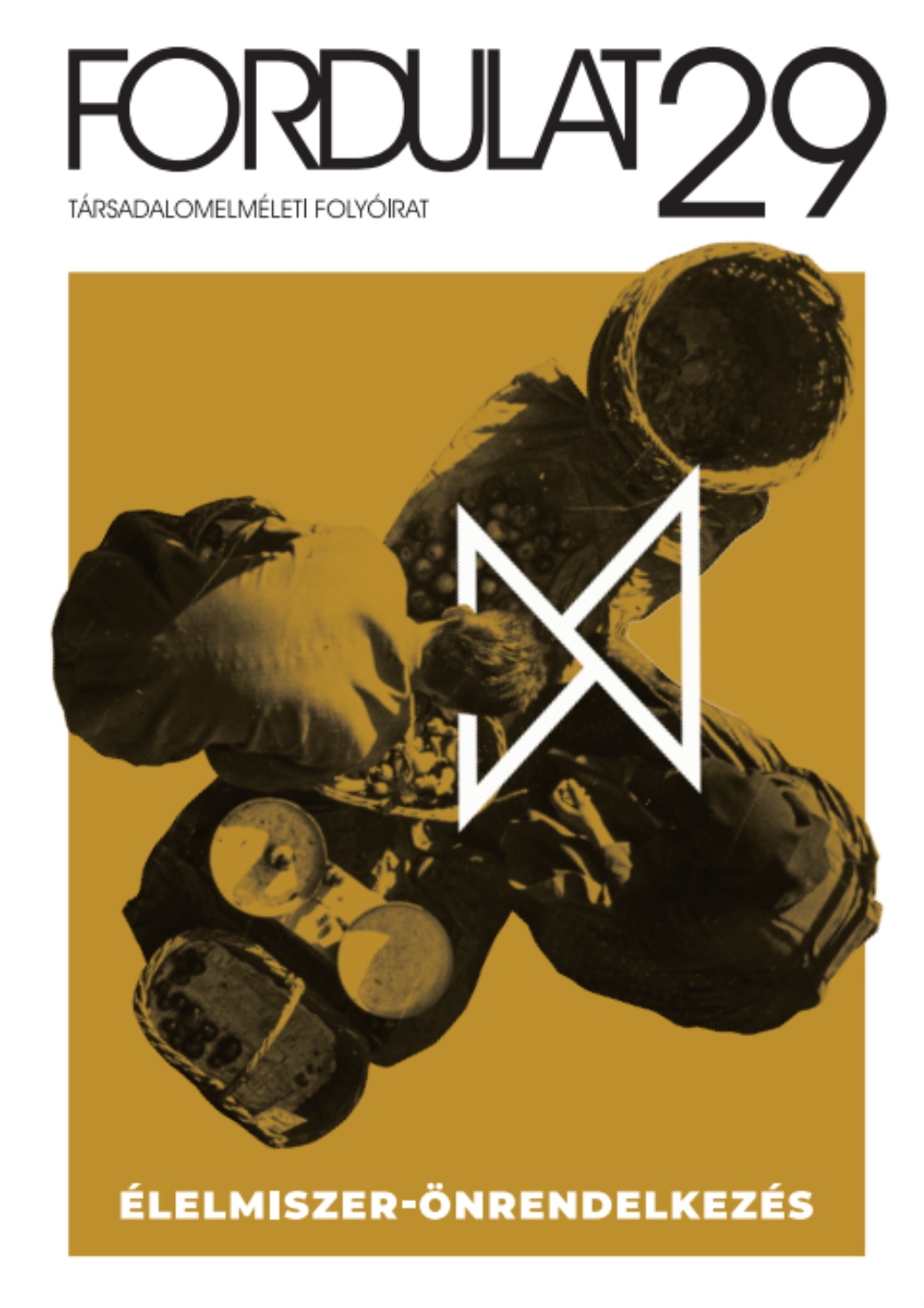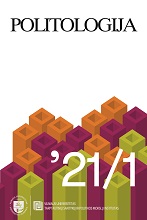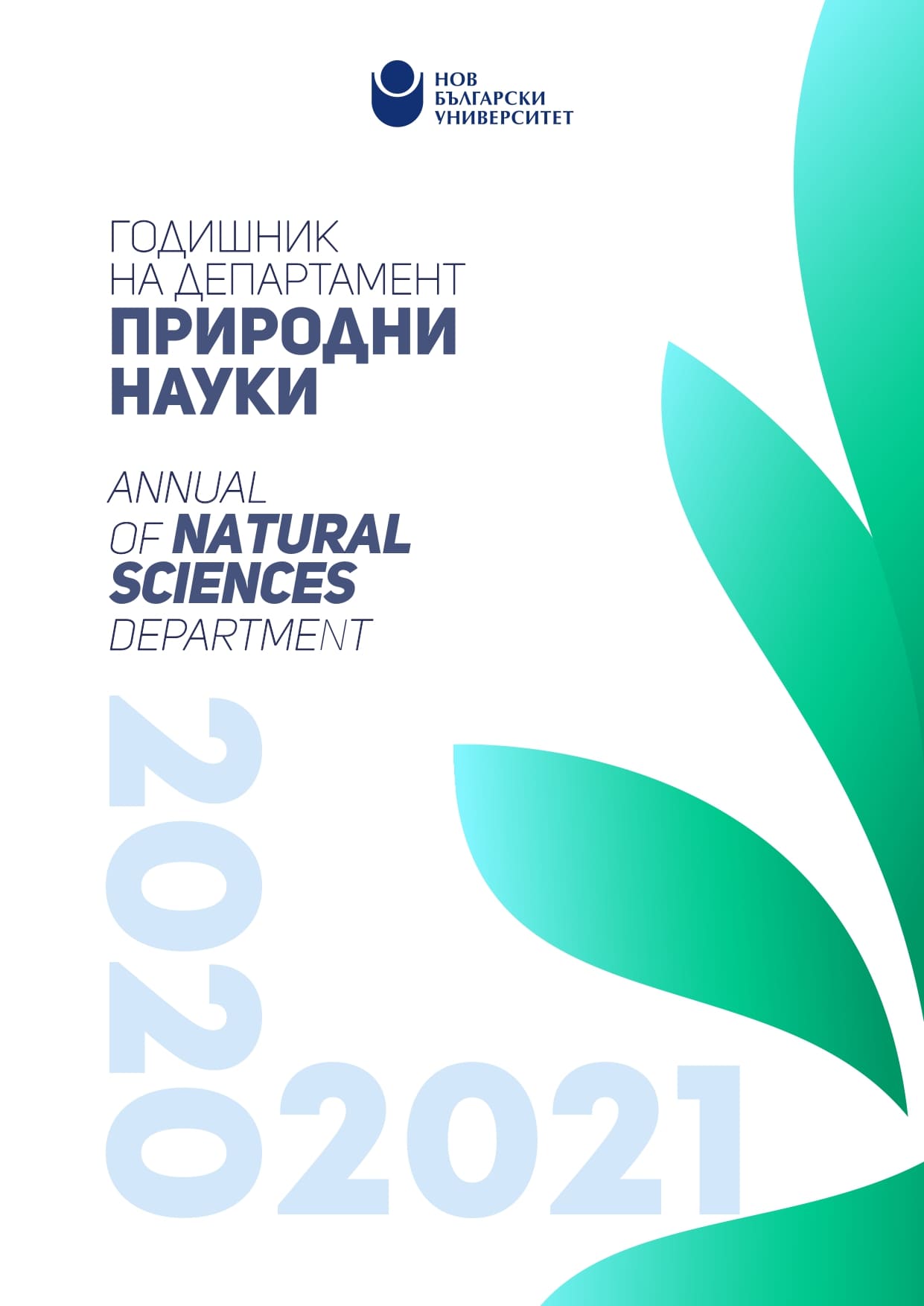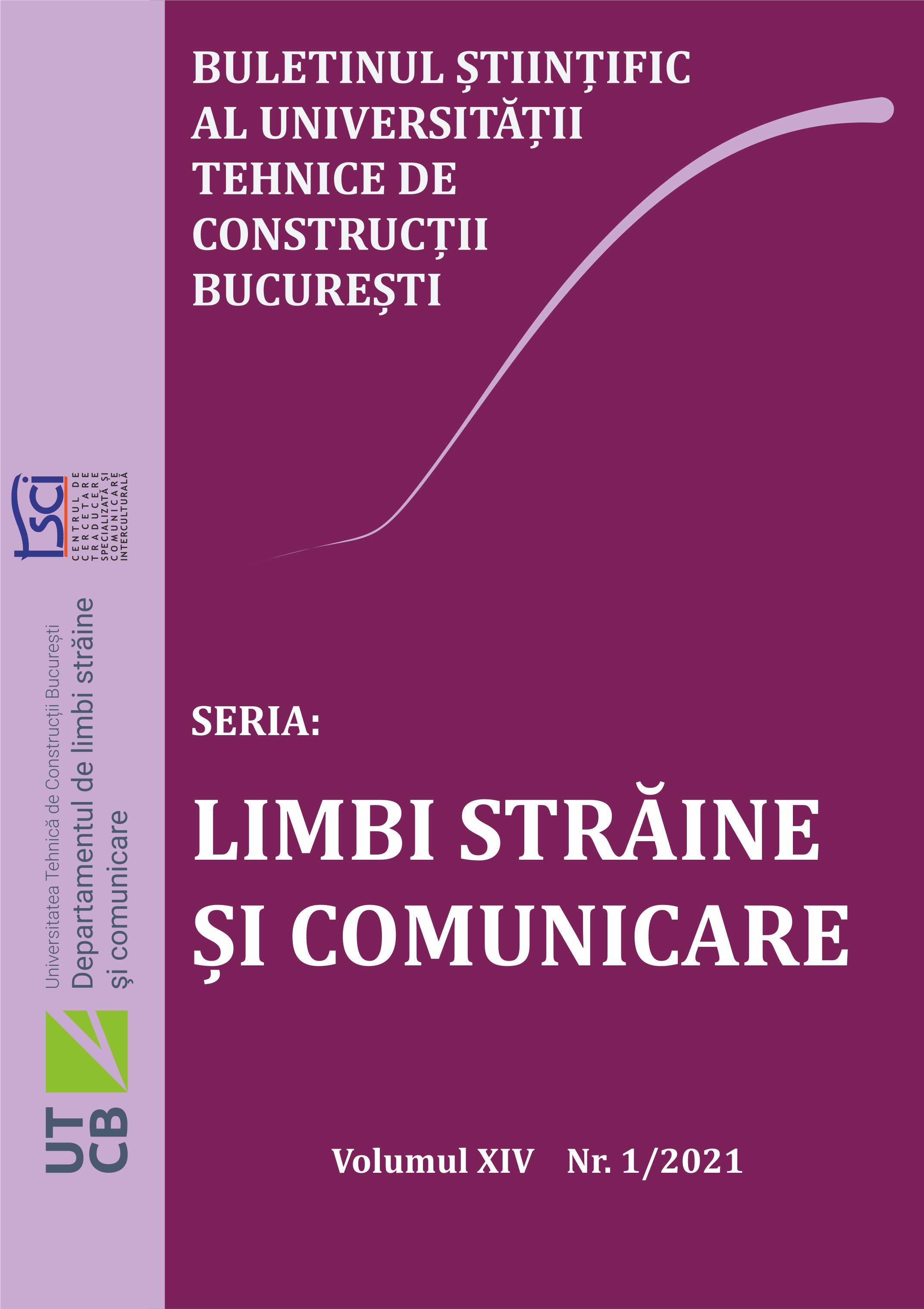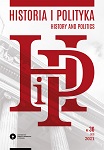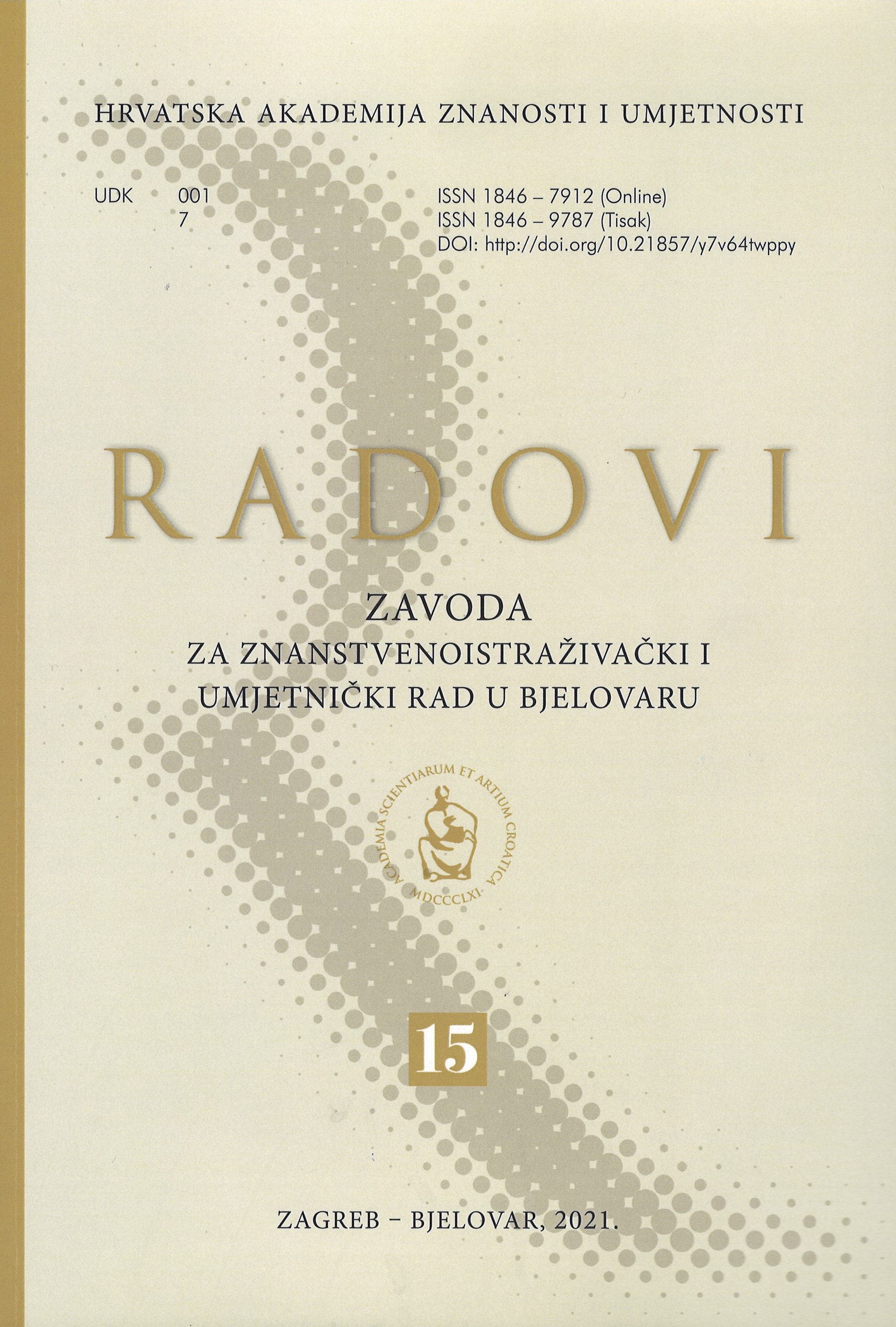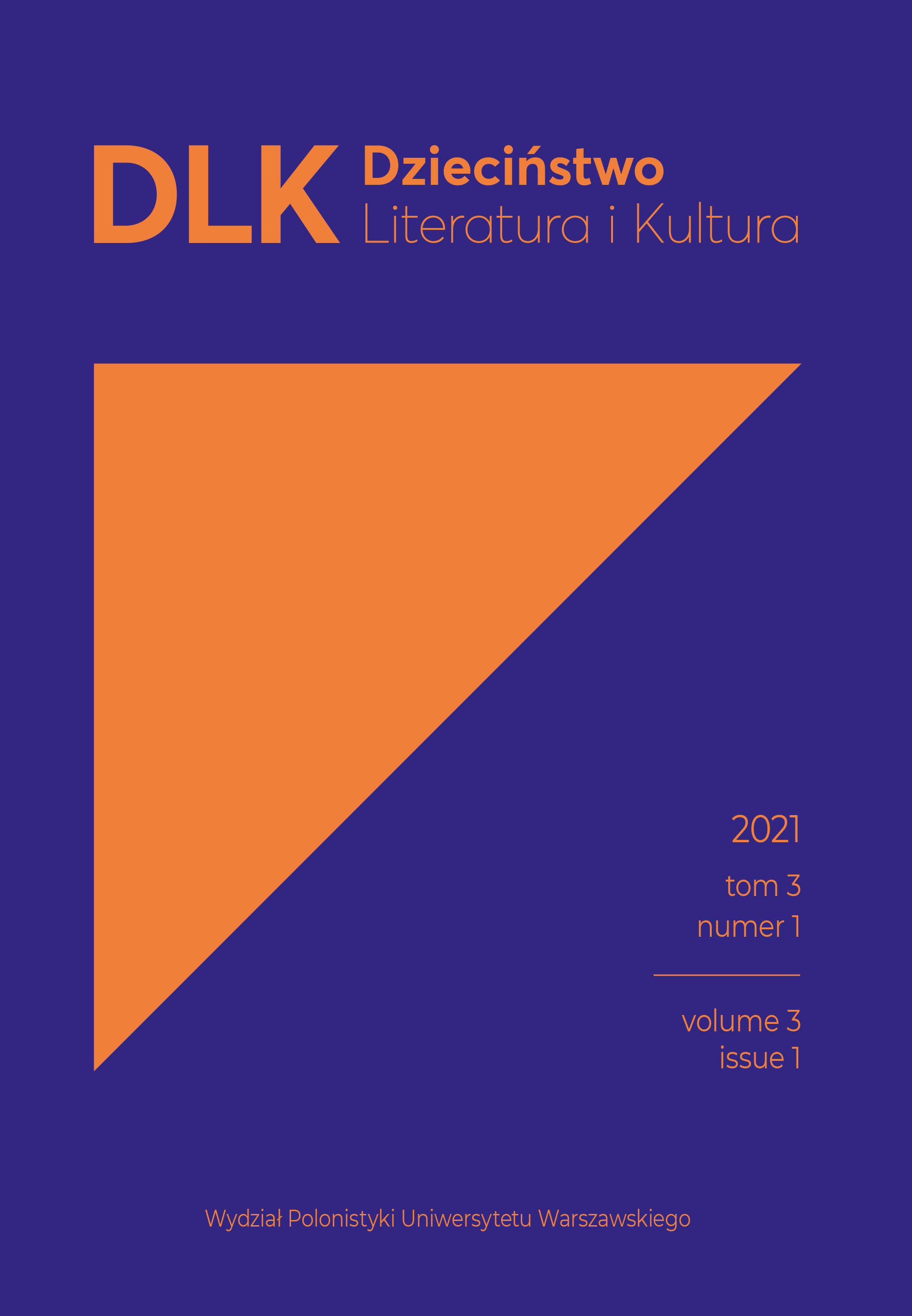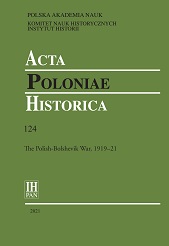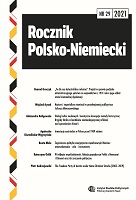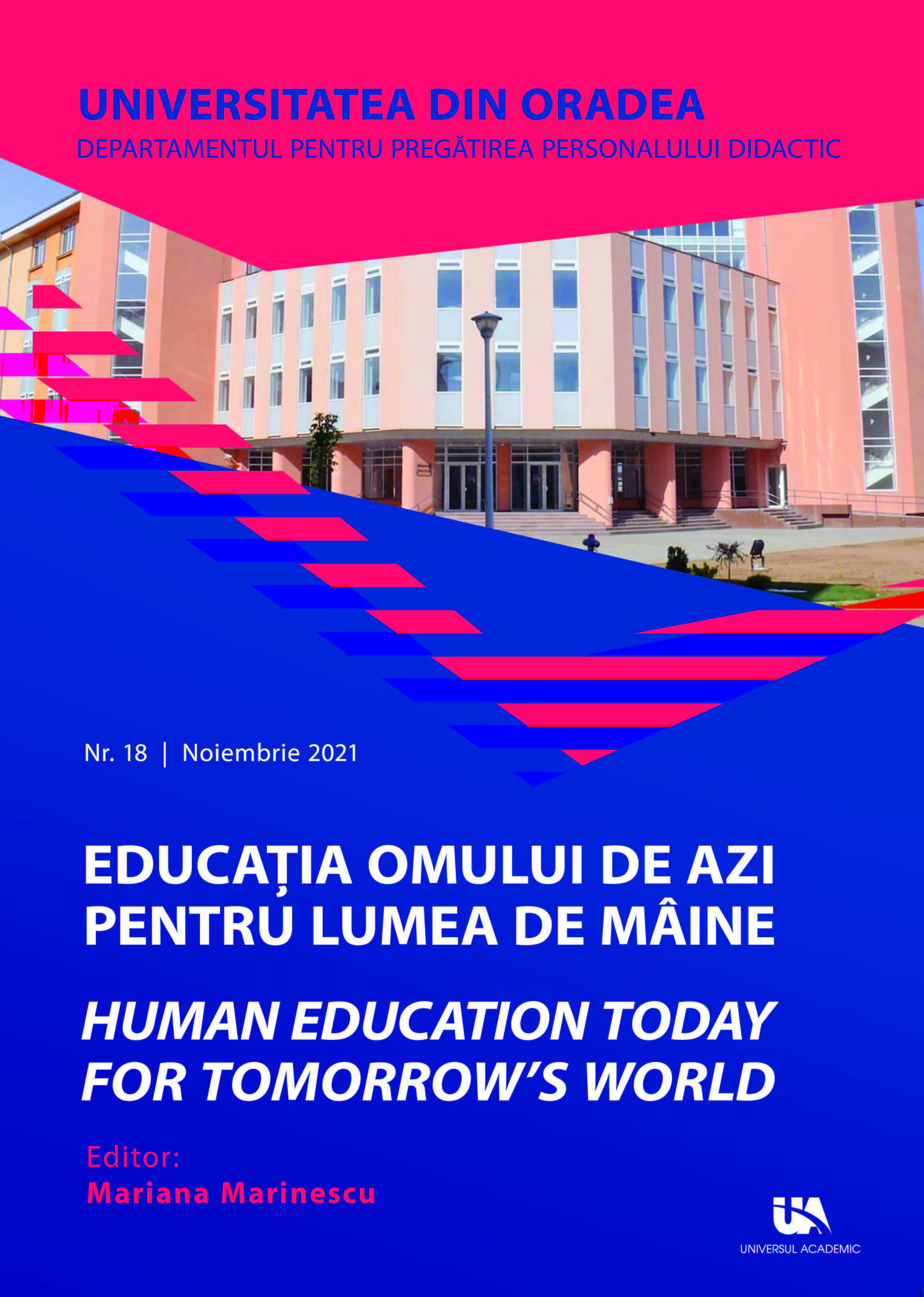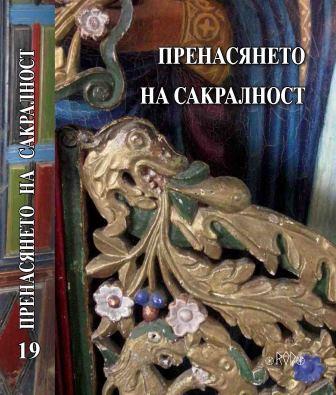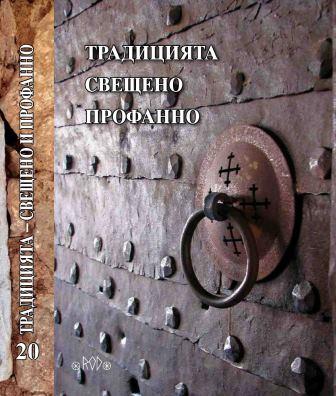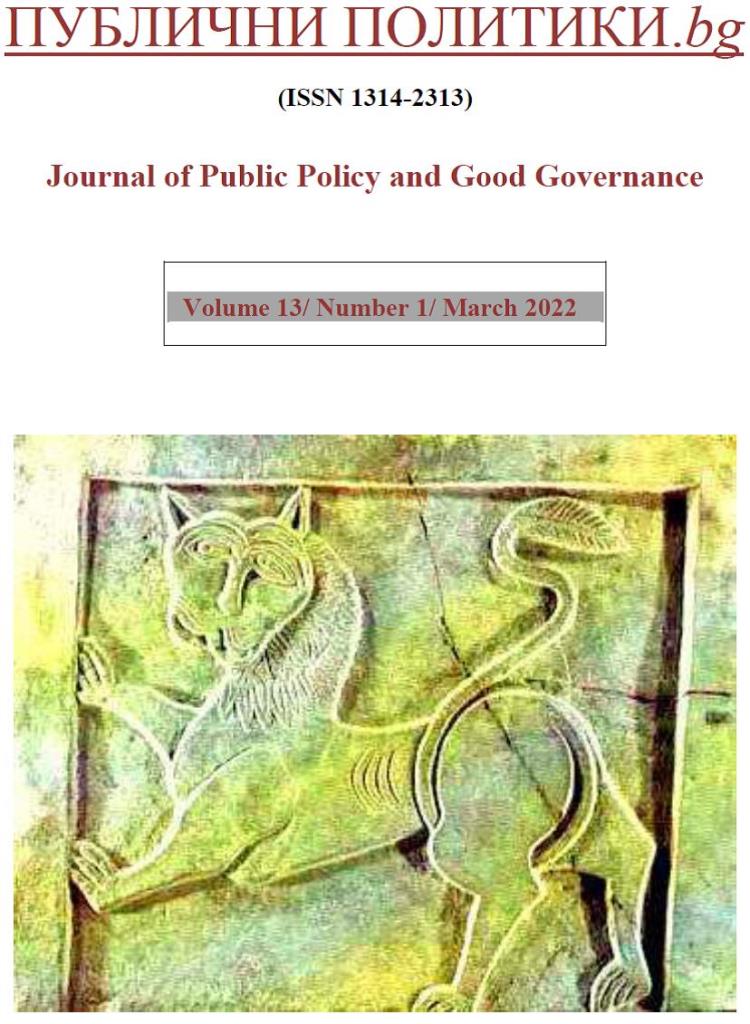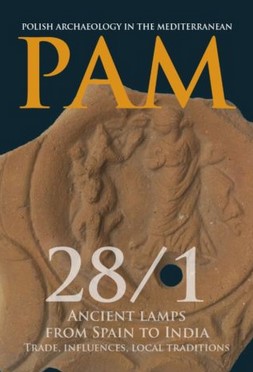
The lamp from Kortina near Koper and other bronze lamps of the Adria type
The unusual bronze lamp discovered in test excavations in 1952 in Kortina near Koper represents the so-called Adria type occurring in the Caput Adriae area in late medieval times and in the early modern age. Scarce archaeological data are supplemented and combined with ethnological and art historical evidence. The appearance and functionality are well explained by ethnographic parallels, whereas the artistic depiction sheds light on various manners of their use. Such a multidisciplinary analysis gives a deeper and at the same time broader approach to this interesting object of cultural heritage.
More...
